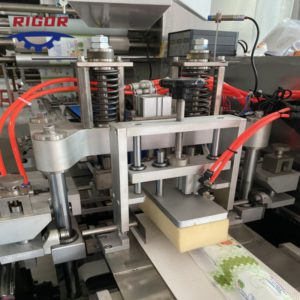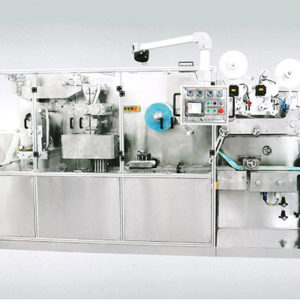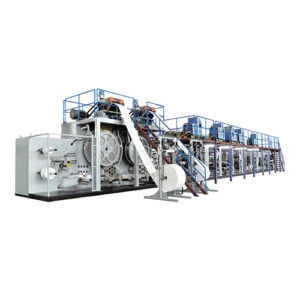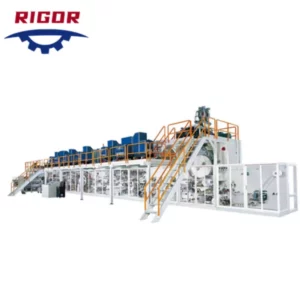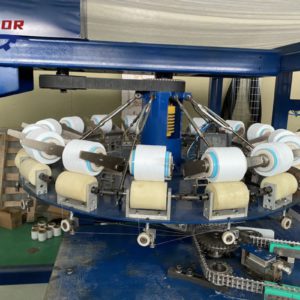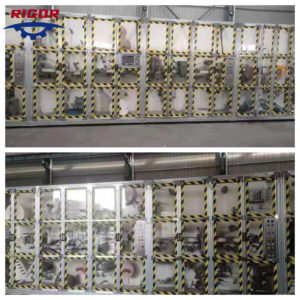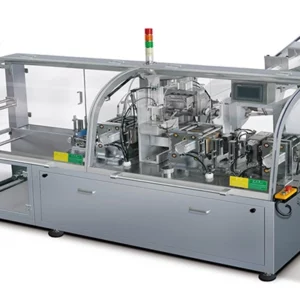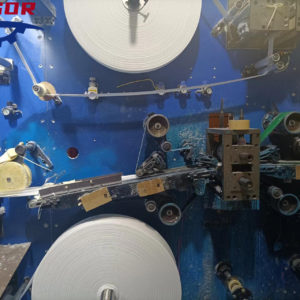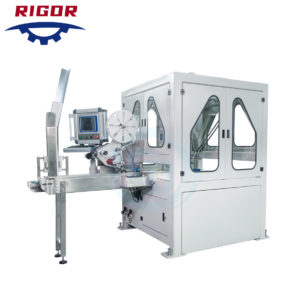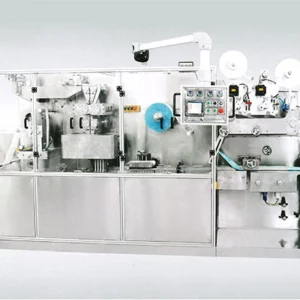In terms of structure, modern diapers generally consist of three main parts: surface coating, absorbent core layer and base cloth. If it comes to the dismantling of specific materials, it can probably be divided into the following parts:
Surface coating:
including surface non-woven fabric, anti-side moisture cloth, the most important part of this part is to improve the permeability of the diaper inside, so that the body can release moisture and hot air in time, so as to avoid irritation to the baby’s skin, causing eczema and red buttocks and other diseases.
Here’s an important difference from traditional diapers, and that’s the regurgitation rate.
As a common diaper, the cloth cannot prevent the two-way conduction of urine, that is to say, when a certain amount of absorption is reached, the urine will penetrate bidirectional from the surface of the cloth, which means leakage of urine when it penetrates to the outside, and reverse osmosis when it penetrates to the inside. Healthy skin should be dry, wet skin is very fragile, prone to eczema (diaper rash) and red buttocks.
The non-woven fabric used in diapers mostly has a certain semi-permeable film property. The specific principle is very complicated. It is roughly through the micron level air vent to prevent the infiltration of water molecules and ensure the smooth flow of air, so as to keep the diaper surface dry. The same is true of the outer membrane.
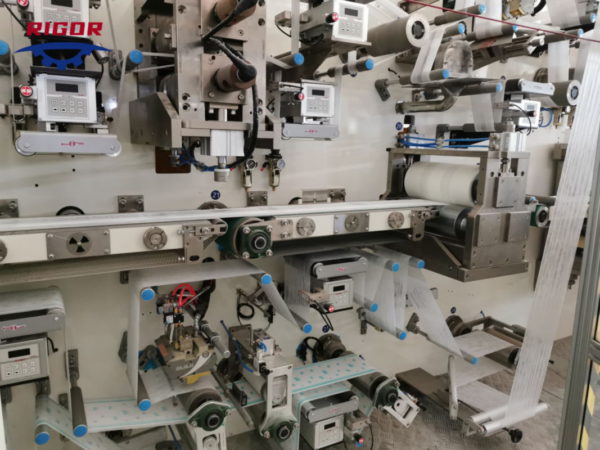
Absorbent core layer:
Composed of wood pulp, polymer material, diversion layer and wet strength paper, this layer is mainly used for rapid absorption, dispersion and storage of urine. The material inside directly determines the amount of water absorbed. This layer is the fundamental decision of diaper quality, there are several misunderstandings are often used by bad business induced distortion:
Water absorption Some people think that water absorption is not important, the important thing is water absorption, because a urine to change, this almost can not do one is the birth of the urethra dilator muscle control is very weak, urination is often drip, the amount of each time is very small, but the number of frequent; The other is the non-woven fabric on the surface of the diaper can control the reverse osmosis of water. I have tried to stick the diaper on my face after absorbing water. In fact, it is very dry and will not cause discomfort to the baby.
Today’s high-quality diapers are mainly made up of wood pulp and polymer materials (also known as water retaining agent or super absorbent agent, which is a translucent bead).
Wood pulp fiber tissue has a large number of irregular voids, these natural voids after processing with super hydrophilic energy, can accommodate a larger amount of water.
Polymer absorbent resin is a new functional polymer material. It absorbs hundreds to thousands of times more water than its own weight, and has excellent water retention performance. Once it absorbs water and expands into hydrogels, it is difficult to separate water even under pressure.
Wood Pulp VS. Polymer Materials
Before in other answers have seen friends say that the more polymer diapers used, the better, said that cheap to add more wood pulp. On the surface, the price of good polymer materials is relatively high (not that good wood pulp is cheap), but as far as I know, the one-sided pursuit of polymer materials is problematic. Wood pulp tends to make up a larger proportion of sanitary napkins, because polymers are not good for absorbing sticky liquids (that is, periods) and are good for absorbing urine. But after the polymer material water into the hydrogel will be hard, and began to knot balls (also known as lumps). The addition of wood pulp can keep the diaper as smooth and soft as possible to prevent the polymer from sliding into a pile. Of course, this can only play a delay and weaken the knot effect, can not completely avoid.
